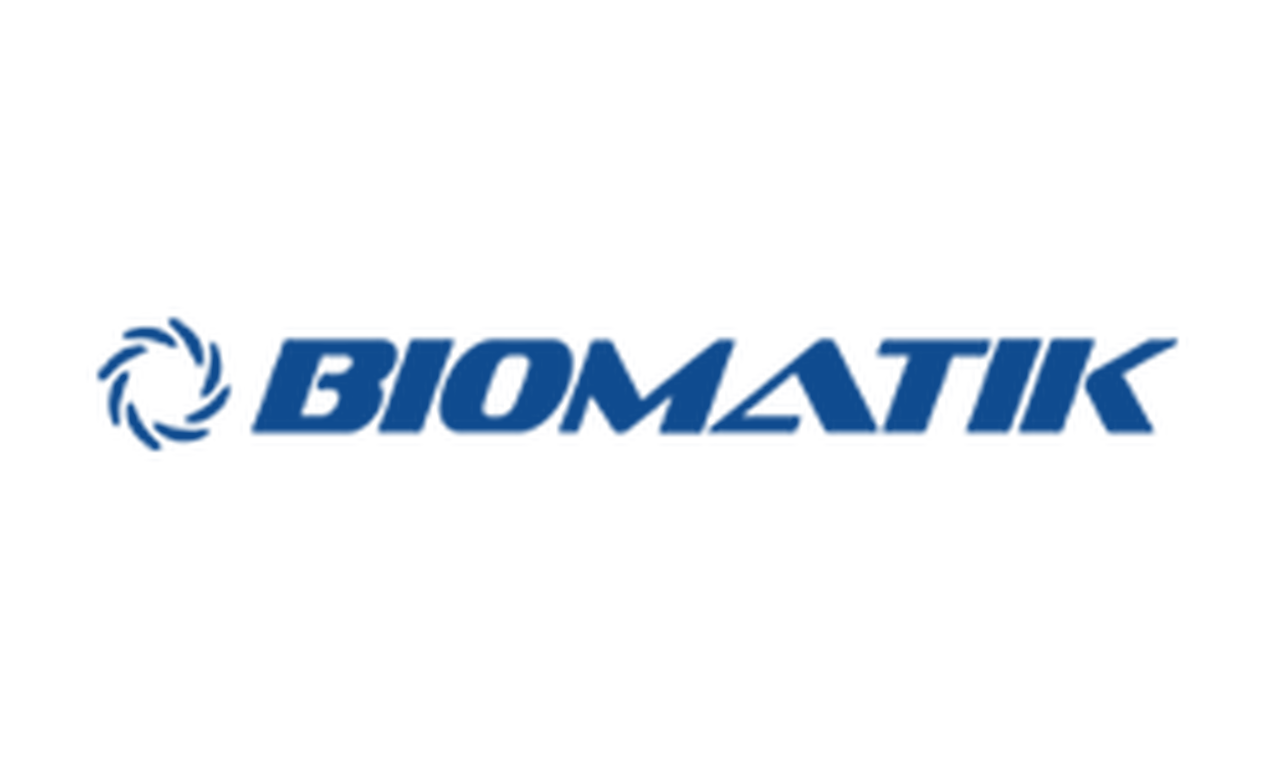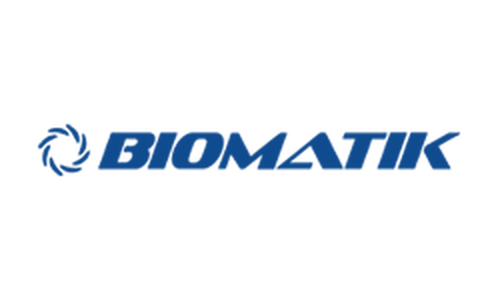Product Description
Recombinant Human Platelet basic protein (PPBP) (Active) is available at Gentaur for Next week Delivery.
Gene Name: PPBP,CTAP3,CXCL7,SCYB7,TGB1,THBGB1
Alternative Names : PBP, Leukocyte-derived growth factor, LDGF, Macrophage-derived growth factor, MDGF
Expression Region : 59-128aa
AA Sequence : AELRCMCIKT TSGIHPKNIQ SLEVIGKGTH CNQVEVIATL KDGRKICLDP DAPRIKKIVQ KKLAGDESAD
Sequence Info : Partial
Tag Info : Tag-Free
Theoretical MW : 7.6 kDa
Storage Buffer : Lyophilized from a 0.2 µm filtered PBS, pH 7.4
Endotoxin Level : Less than 1.0 EU/µg as determined by LAL method.-
Biological Activity : The biological activity determined by a chemotaxis bioassay using human peripheral blood neutrophils is in a concentration range of 1.0-10.0 ng/ml.
Storage : Short term: -20°C; Long term: -80°C. Minimize freeze and thaw cycles.
Research Area : Immunology
Restriction : For Research Use Only. Not for use in diagnostic procedures, drug use, or for administration to humans or animals.
Relevance : LA-PF4 stimulates DNA synthesis, mitosis, glycolysis, intracellular cAMP accumulation, prostaglandin E2 secretion, and synthesis of hyaluronic acid and sulfated glycosaminoglycan. It also stimulates the formation and secretion of plasminogen activator by human synovial cells. NAP-2 is a ligand for CXCR1 and CXCR2, and NAP-2, NAP-2(73), NAP-2(74), NAP-2(1-66), and most potent NAP-2(1-63) are chemoattractants and activators for neutrophils. TC-1 and TC-2 are antibacterial proteins, in vitro released from activated platelet alpha-granules. CTAP-III(1-81) is more potent than CTAP-III desensitize chemokine-induced neutrophil activation. {ECO:0000269|PubMed:10877842, ECO:0000269|PubMed:7890771, ECO:0000269|PubMed:8950790, ECO:0000269|PubMed:9794434}.
Function : LA-PF4 stimulates DNA synthesis, mitosis, glycolysis, intracellular cAMP accumulation, prostaglandin E2 secretion, and synthesis of hyaluronic acid and sulfated glycosaminoglycan. It also stimulates the formation and secretion of plasminogen activator by human synovial cells. NAP-2 is a ligand for CXCR1 and CXCR2, and NAP-2, NAP-2(73), NAP-2(74), NAP-2(1-66), and most potent NAP-2(1-63) are chemoattractants and activators for neutrophils. TC-1 and TC-2 are antibacterial proteins, in vitro released from activated platelet alpha-granules. CTAP-III(1-81) is more potent than CTAP-III desensitize chemokine-induced neutrophil activation.
Involvement in disease :
Subcellular location : Secreted
Protein Families : Intercrine alpha (chemokine CxC) family
Tissue Specificity :
Paythway : Chemokinesignalingpathway
Uniprot ID : P02775
 Euro
Euro
 British Pound
British Pound
 US Dollar
US Dollar








